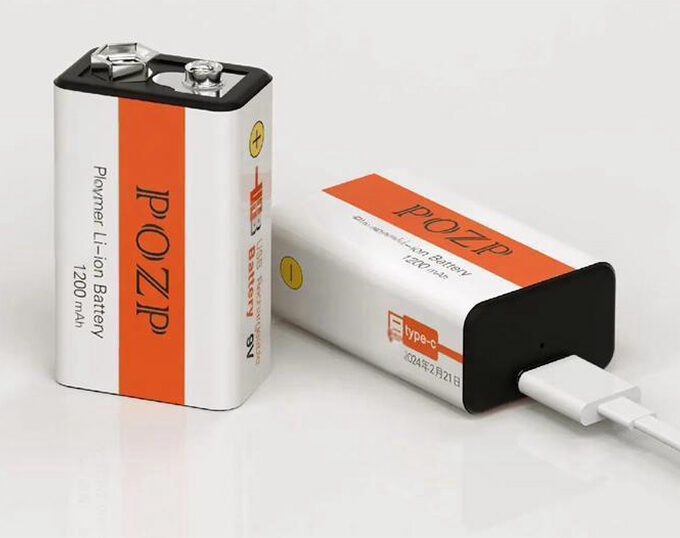“The core goal of Do-Fluoride’s solid-state battery R&D is to develop intrinsically safe cells,” stated a Do-Fluoride R&D personnel in an interview with a Shanghai Securities News reporter. He explained that energy density is determined by the cathode and anode material systems. The focus of Do-Fluoride’s solid-state electrolyte research is on how to match these cathode and anode systems to enable safer utilization of this high energy density.
In the laboratory of the Fluorine-Based New Materials Innovation Center located in Jiaozuo, Henan province, Do-Fluoride’s technical R&D team is methodically conducting various experiments on polymer solid-state electrolytes. As a core technology for next-generation batteries, solid-state batteries, recognized for their higher energy density, enhanced safety, and superior low-temperature performance, are becoming a new development direction in the new energy sector. In the race for the industrialization of solid-state batteries, Do-Fluoride, with its years of deep experience in the fluorine chemical industry, is steadily making breakthroughs using technology as its blade.
Laboratory Achievements “Run” Towards Industry

In late September this year, Professor Zhang Qiang’s team from the Department of Chemical Engineering at Tsinghua University made significant progress in the research of polymer electrolytes for lithium batteries. They proposed a design strategy for an “anion-rich solvation structure” and developed a new fluorine-containing polyether electrolyte. This electrolyte utilizes thermally initiated in-situ polymerization technology, effectively enhancing the physical contact and ion transport capability at the solid-state interface, and significantly improving the high-voltage resistance and interfacial stability of lithium batteries.
Do-Fluoride and Tsinghua University have established a joint R&D framework for many years. “Technological breakthroughs are not achieved overnight; they are the result of long-term dedication,” explained Zhou Yang, head of energy materials R&D at Do-Fluoride. Key factors for improving the performance of all-solid-state batteries include ionic conductivity and the technology for handling the cathode and anode interfaces. Technically, introducing strong electron-withdrawing fluorine-containing groups into polyether electrolytes can significantly enhance their high-voltage resistance, allowing them to match high-voltage lithium-rich manganese-based cathodes (up to 4.7V), achieving compatibility of a single electrolyte with both high-voltage cathodes and lithium metal anodes. Furthermore, the anion-rich solvation structure with high ionic conductivity can derive a stable interface layer rich in fluoride on the electrode surface, significantly improving interfacial stability.
In Zhou Yang’s view, the recent staged technological breakthroughs in the solid-state battery field require not only rigorous verification in the laboratory but also a close connection to the real needs of downstream application scenarios. He explained that balancing battery energy density and safety remains the direction of Do-Fluoride’s technical research, from the long-range requirements of new energy vehicles to the high stability demands of energy storage power stations.
Based on this concept, Do-Fluoride has engaged in deep collaboration with Tsinghua University, achieving key breakthroughs in the in-situ polymerization route, pushing solid-state battery performance to a new level. Zhou Yang stated that the ionic conductivity of the solid-state electrolyte co-developed by both parties has currently reached 0.6 mS/cm. Batteries based on this electrolyte achieve an energy density of 340 Wh/kg, a cycle life exceeding 800 cycles, and pouch cells can pass tests such as hot box and nail penetration.
Multi-Pronged Layout Builds a Technology Moat

According to the latest news, Do-Fluoride’s confidence in the solid-state battery field stems from its decades of accumulation in the fluorine chemical industry. As a leader in the fluorine chemical industry, Do-Fluoride has established absolute advantages in traditional products such as cryolite, aluminum fluoride (for aluminum smelting), and basic fluorine chemical raw materials like anhydrous hydrogen fluoride. Its layout in new energy materials, including lithium bis(fluorosulfonyl)imide (LiFSI), fluorine-containing solvents, fluorine-containing binders, and high-performance silicon-carbon anode materials, has allowed it to master the “core codes” of solid-state batteries.
“Fluorine-containing materials are the ‘backbone’ of solid-state electrolytes,” Zhou Yang explained. Fluorine-containing materials possess a wide electrochemical window, good kinetic performance, and excellent anode passivation capability. Among them, special inorganic and organic fluorine materials are the core materials for polymer solid-state electrolytes. Do-Fluoride’s technical reserves in the fluorine chemical field have laid a solid foundation for its entry into solid-state batteries.
Regarding technical routes, mainstream solid-state electrolyte materials include sulfides, halides, oxides, and polymer electrolytes. As early as 2017, Do-Fluoride initiated R&D on sulfide solid-state batteries, targeting the core technology of high ionic conductivity electrolytes monopolized by overseas companies. In 2021, recognizing the unique advantages of polymer solid-state batteries in low-temperature adaptability and processing convenience, Do-Fluoride further invested in the polymer/gel solid-state battery system. They developed a new fluorine-containing polymer electrolyte, obtained multiple technology patents, and the related production line already possesses the capability for production and installation in vehicles.
Addressing the demand for high-capacity anodes in solid-state batteries, Do-Fluoride’s subsidiary, Zhejiang Zhongning Silicon Industry Co., has made early arrangements. Its produced silicon-carbon anode uses a one-step porous carbon deposition silicon technology, offering advantages such as a capacity >1500 mAh/g and low volume expansion rate. It has currently been applied in leading domestic battery manufacturers. In solid-state battery systems, this silicon-carbon anode, with its high energy density and excellent compatibility, becomes a “key piece” in enhancing the overall performance of the battery.
Simultaneously, Do-Fluoride, in collaboration with Tsinghua University, is exploring composite lithium anodes, aiming to achieve targets of “specific capacity of 1500 mAh/g, cycle life exceeding 500 cycles,” reserving technological strength for further breakthroughs in solid-state battery performance.
Anchored to Industrialization Goals, Advancing Steadily

“It’s easy to install experimental batteries in vehicles, but ensuring stability and truly achieving commercialization still has a long way to go,” Do-Fluoride maintains a calm and rational attitude towards the fervor surrounding solid-state battery industrialization. For its near-term goals, the company has set clear technical milestones: by 2027, the ionic conductivity of the solid-state electrolyte will break through 1 mS/cm, and the lithium ion migration number will exceed 0.8; battery energy density will be increased to 400 Wh/kg, cycle life will exceed 1000 cycles, and it will fully meet all testing requirements for single cells in GB43854-2024.
For its medium-term goals, Do-Fluoride aims for intrinsically safe batteries (referring to batteries that remain stable under abnormal conditions, preventing thermal runaway from spreading to other cells), following the polymer solid-state battery path. Between 2027 and 2029, it plans to achieve mass production of high-specific-energy solid-state batteries resistant to overcharging, nail penetration/impact, and free from thermal runaway. Regarding battery form factor choices, Do-Fluoride recognizes the gradual route “from liquid to semi-solid to solid-state,” believing that semi-solid-state batteries can, in the short term, improve the performance shortcomings of traditional lithium batteries and accumulate experience for the industrialization of all-solid-state batteries.
In this race for the industrialization of solid-state batteries, Do-Fluoride, leveraging its technical accumulation in core areas like electrolytes and anode materials, along with close collaboration with downstream vehicle manufacturers and energy storage companies, is steadily moving towards the center stage.










